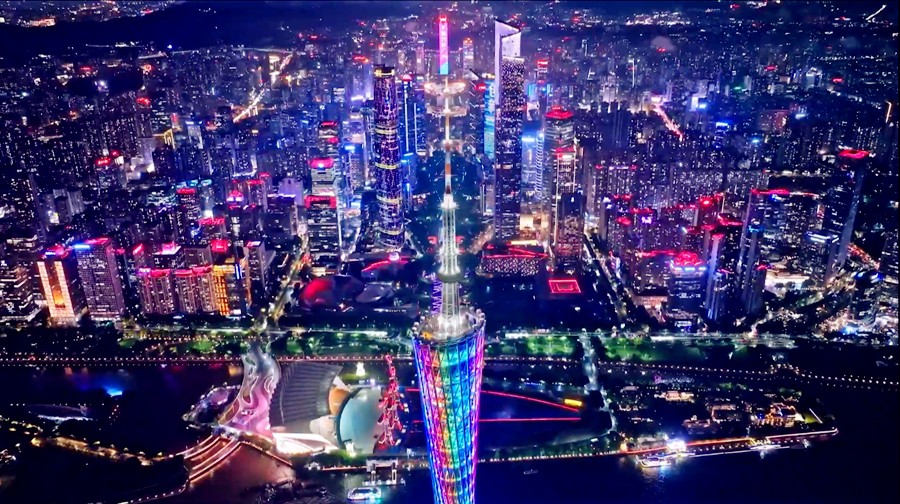
Gulangyu Island , Xiamen as a Heritage Tourism Catalyst
Gulangyu Island, located off the coast of Xiamen in Fujian province, has emerged as a standout destination in China’s tourism map by combining rich cultural history, architectural heritage and a pedestrian‑only environment. This island not only attracts visitors drawn to its unique character, but also acts as a strategic asset for regional tourism development, local economic uplift and cultural preservation.
Heritage Asset & Landscape Appeal
Gulangyu Island enjoys an exceptional heritage profile. It was inscribed as a UNESCO World Cultural Heritage site in two thousand seventeen, recognised for its composite architecture and historical international settlement legacy. The Fujian provincial government describes it as including nine hundred and thirty‑one historic buildings representing both local and international architectural styles. The island is also classified as a 5A‑level scenic area under China’s official tourism rating system.
The environment complements the built heritage: the island is separated from the mainland by the narrow Lujiang Strait, features lush greenery, rugged shoreline and a mild subtropical climate. These elements combine to form a compelling tourism proposition – heritage, nature and leisure.
Tourism Growth & Destination Positioning
Because of its heritage status and unique character, Gulangyu Island plays a key role in Xiamen’s broader tourism strategy. It draws high numbers of visitors annually and serves as a premium niche in the city’s tourism portfolio. According to official data, the site is highly ranked among Xiamen’s must‑see destinations.
The island’s positioning emphasises quality over volume – attracting visitors who value culture, architecture, music and relaxed coastal ambience rather than purely mass‑market beach tourism. The pedestrian‑only environment (cars and bicycles banned) reinforces this positioning and encourages longer stays, higher expenditure and deeper engagement.
For Xiamen and Fujian province, Gulangyu functions as more than a scenic stop—it reinforces the region’s brand as a destination that merges heritage with modern leisure.
Economic & Community Impact
According to travelandtourworld.com, The tourism success of Gulangyu Island translates into tangible benefits for the local and regional economy. Visitor spending supports lodging in boutique heritage villas, eateries with local seafood, specialised museums (such as the Piano Museum) and cultural‑experience enterprises. The official site lists musical heritage as a part of the value proposition—making the island sometimes called the “Island of Music”.
At the municipal and provincial level, tourism income from heritage destinations like Gulangyu supports employment in hospitality, cultural services, transport and retail. The ripple effects also include infrastructure upgrades (ferry links, visitor facilities, pedestrian zones) which enhance local quality of life.
Moreover, the heritage‑tourism focus helps diversify the regional economy beyond conventional tourism models (such as beach resorts), making the destination more resilient and increasing value per visitor.
Tourism Angle: Why It Works
Several factors align to make Gulangyu Island a differentiated tourism asset:
- Heritage distinctiveness: The island offers a rich architectural legacy – merging Southern Fujian vernacular, colonial‑era mansions and the “Amoy Deco” style recognised by UNESCO.
- Authentic atmosphere: The car‑free environment and pedestrian lanes provide a slower‑paced, immersive experience—distinct from typical city or beach tourism.
- Coastal nature plus culture: Visitors gain coastal scenery, gardens, rock formations, and cultural heritage in one compact space.
- Strategic access: With a short ferry ride from mainland Xiamen, the island is conveniently reachable, making it viable for both day visits and overnight stays.
- Market positioning: Gulangyu contributes to Xiamen’s tourism upgrade strategy—moving toward higher value‑added stays and heritage experiences rather than volume‑only tourism.
These factors create a tourism “angle” that emphasises value, authenticity and differentiation—which supports both visitor satisfaction and sustainable development of the destination.
Sustainability and Heritage Conservation
Because Gulangyu Island hosts both fragile heritage architecture and an ecologically sensitive coastal environment, sustainable visitor management is essential. Protecting historic buildings, controlling new development and maintaining the natural environment are priorities. For instance, UNESCO’s description underscores the integrity of both built and natural heritage.
At the same time, tourism development must balance accessibility with preservation. The island’s pedestrian‑only transport model is a deliberate measure to maintain tranquillity and reduce environmental impact. Ensuring that tourism infrastructure (lodging, services) evolves without compromising authenticity is equally important.
Challenges and Strategic Outlook
Despite its strong fundamentals, Gulangyu Island faces strategic challenges:
- Carrying capacity: High visitor volumes risk congestion, heritage wear and diminished visitor experience. UNESCO documentation noted the island’s compact size of approximately one point eight eight square kilometres.
- Benefit distribution: Ensuring that community residents, small local enterprises and heritage custodians directly benefit from tourism growth rather than external developers is a key management concern.
- Maintaining authenticity: As tourism scales, preserving cultural and architectural integrity while managing commercialisation is a delicate balance.
- Extending stay and seasonality: Encouraging overnight stays and off‑peak visitation is essential to maximise economic benefit and reduce pressure on peak periods.
Looking ahead, continued development of themed heritage tours (music, architecture), improved overnight accommodation, enhanced interpretation and deeper visitor engagement will help Gulangyu maintain its premium positioning and sustainability.
Broader Regional Implications
Gulangyu Island’s success is relevant beyond Xiamen. It provides a model for how coastal and heritage destinations in China can elevate tourism into higher value propositions. For Fujian province, the island bolsters the tourism brand of the province and supports national goals of cultural heritage utilisation and regional balance.
Moreover, the island’s combination of pedestrian‑only design, heritage architecture and coastal leisure gives it strategic interest in global destination positioning—particularly at a time when travellers increasingly value authenticity and experience.
Gulangyu Island , Xiamen, as a Sustainable Heritage Destination
Gulangyu Island stands out as a destination that blends heritage, nature and leisure compactly and memorably. For visitors, it offers coastal charm, architectural richness and cultural layering. For the local region, it drives tourism value, community uplift and destination branding. With continued focus on sustainability, authenticity and visitor experience, Gulangyu Island is well‑placed to continue as a benchmark heritage‑tourism destination that achieves both economic and cultural objectives.







